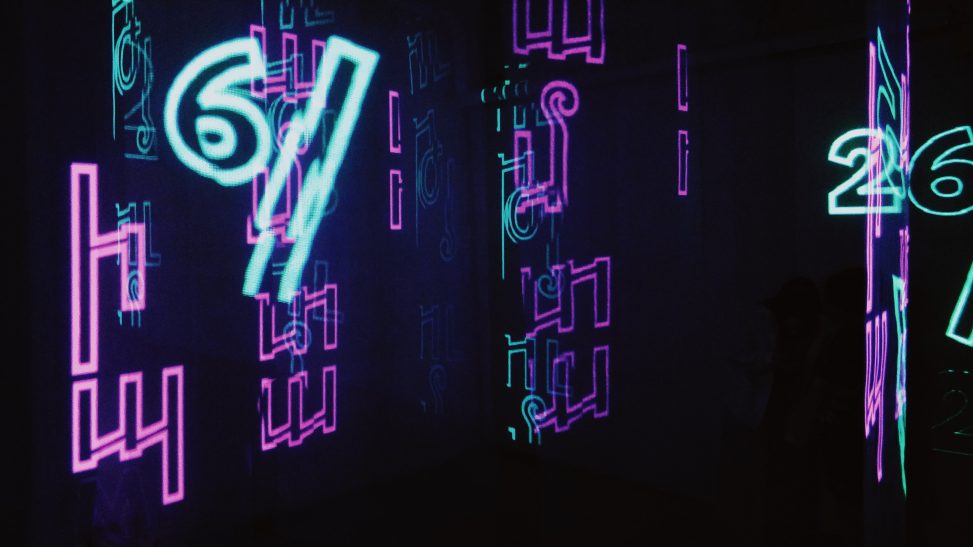An example of AR implementation in a board game: Tilt Five Holographic Game System- Now on Kickstarter
I have never personally experienced Augmented Reality (AR) or VR (Virtual Reality) technology, but I am interested in learning about their potential benefits on education. I think they have introduced a new aspect of education by providing a more inclusive learning environment.
Including More Learning Styles
According to VARK Learning Styles(n.d.), which is initially developed in 1987 by Neil Fleming, there are four types of learning styles: visual, aural, read/write, kinesthetics. The traditional way of learning is listening to the lecture and reading course material, which excludes the visual and kinesthetics learners. However, with the integration of Augmented Reality and Virtual Reality, education becomes more inclusive as it gives students multiple dimensions of the learning content. For instance, students can learn Indigenous history and culture via being in that virtual scenery and experience the cultural events, instead of reading the history textbook or watching the documentary video.
Limitation of Educational Technology
The implementation of AR and VR eliminates some of the limitations of the current educational technology. Current educational technology tends to re-define the ways of learning rather than thoroughly changing them. For example, online learning or e-learning, one of the most popular revolutions in education, is similar to traditional learning except that students can decide where and when to learn. It still faces many issues that are shared with traditional learning (e.g., effective interaction and student motivation). With the technology of AR and VR, it enables students to have options for how they want to learn, including where and when they want to learn.
To conclude, AR and VR technology can enhance the learning experience at a new level and contribute to creating a more inclusive classroom.
Relevant links:
To test your learning styles: https://vark-learn.com/the-vark-questionnaire/
The Future of VR & AR in Education: https://www.gettingsmart.com/2020/09/the-future-of-vr-ar-in-education/
The future technology that might have an impact on education: the computer chips in human brain.
Tilt Five. (2019). Tilt Five Holographic Game System- Now on Kickstarter [Video]. YouTube. https://www.youtube.com/watch?v=x_71C3bMNUA
VARK. (n.d.). Introduction to VARK Do you know how you learn? vark-learn. https://vark-learn.com/introduction-to-vark/
Vlasova, H. (2020, September 12). The future of VR & AR in education. Getting Smart. https://www.gettingsmart.com/2020/09/the-future-of-vr-ar-in-education/


Leave a Reply
You must be logged in to post a comment.